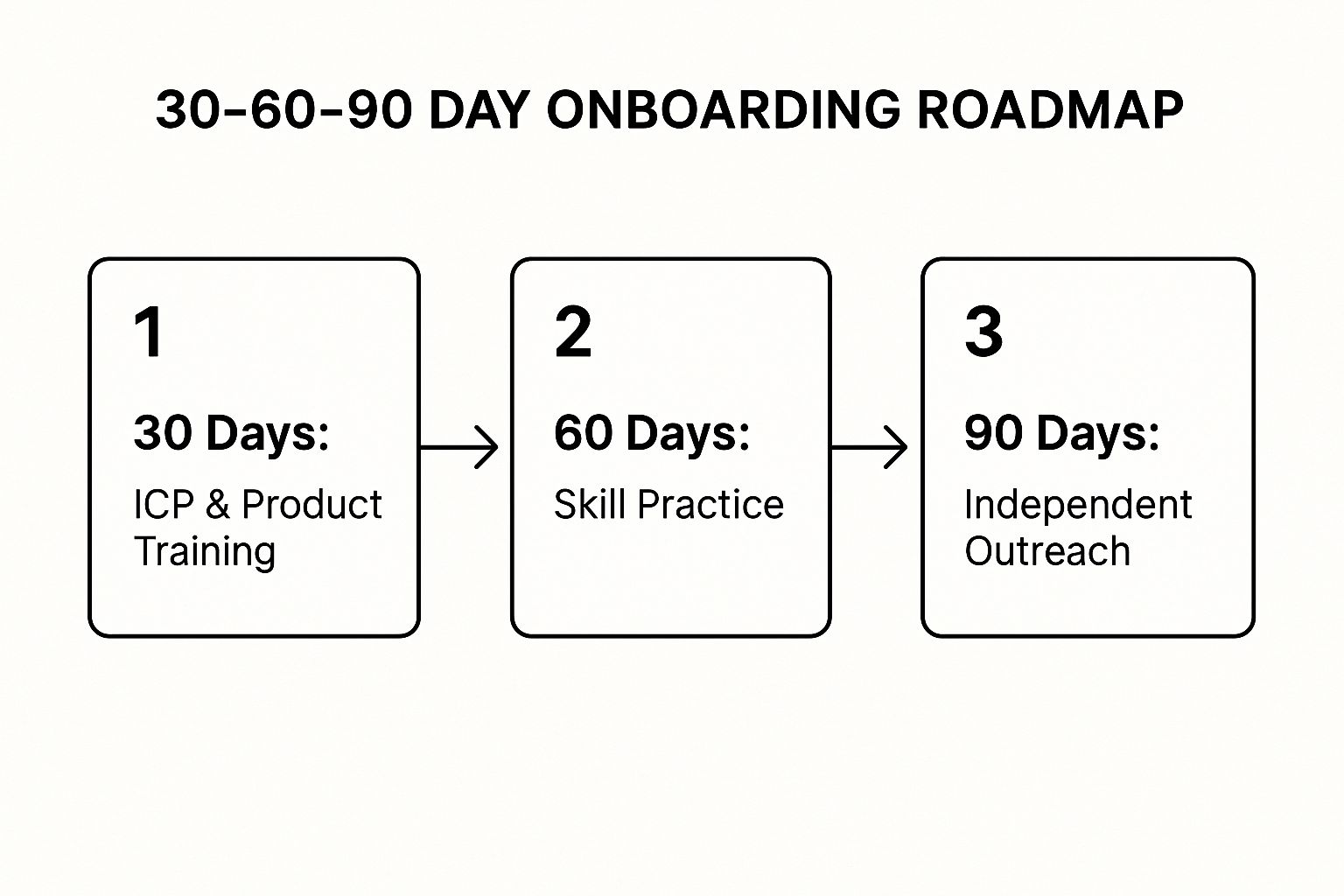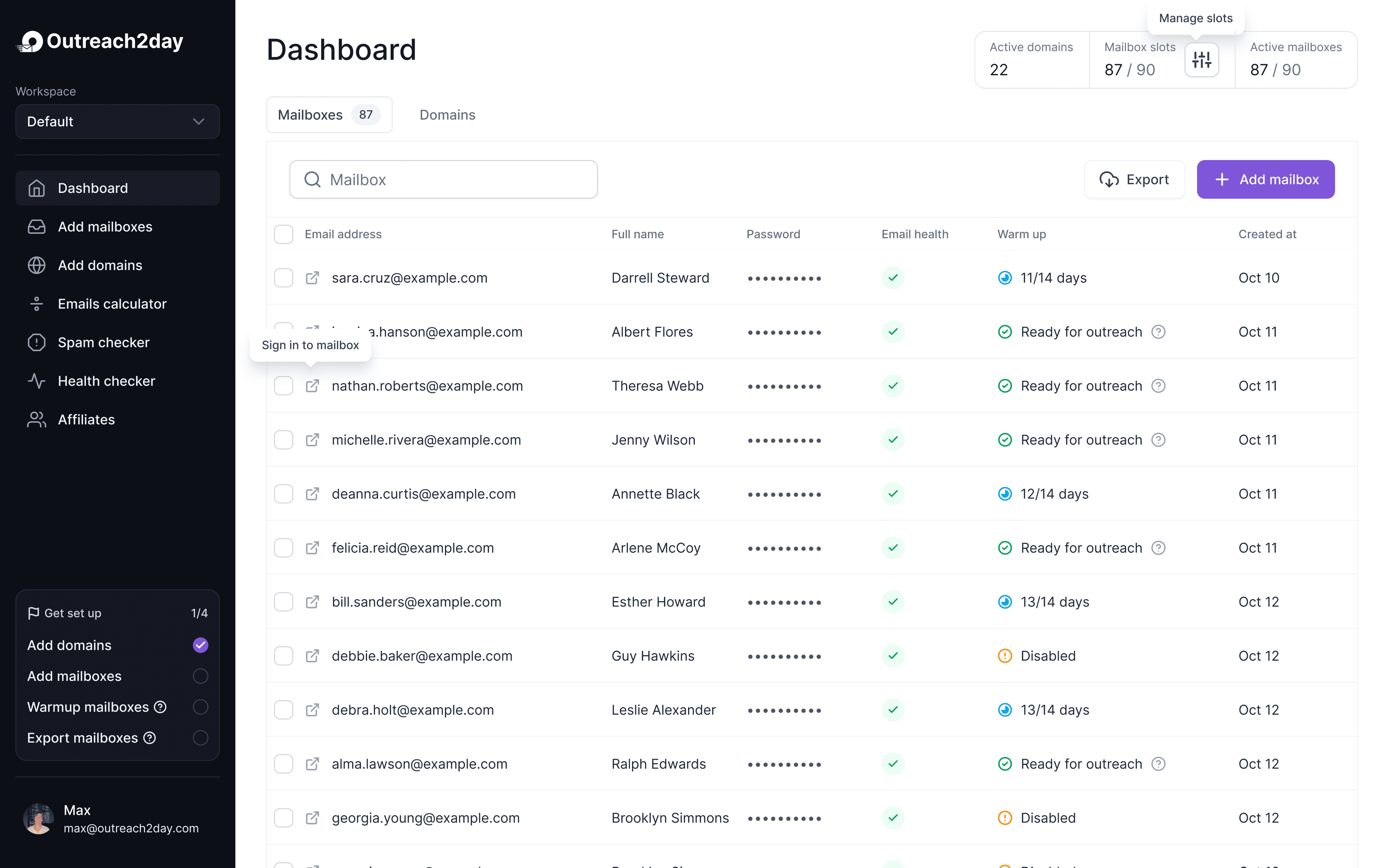Effective Sales Development Representative Training
Oct 17, 2025

Great SDRs are developed, not innate. They require a structured training plan to build their skills.
Many companies mistakenly provide only a laptop and a lead list to new hires, leading to burnout and high turnover. A successful sales development team requires a solid foundation, starting with a 30-60-90 day onboarding process.
This isn't just an HR checklist; it's a roadmap that simplifies the journey to becoming a top SDR. It transitions them from novice to confidently building a pipeline.
Here's a visual that outlines the progression from foundational learning to execution.

This gradual progression is crucial. It ensures SDRs fully grasp the core concepts before they begin scheduling meetings.
First 30 Days: Immersion
The initial month focuses on acquiring knowledge. New SDRs need to understand the "why" behind our operations before engaging in calls. Key areas of focus include:
Ideal Customer Profile (ICP): Beyond basic demographics, understanding the challenges and daily realities of our customers.
Product Understanding: Comprehending the actual value and real-world applications of our product.
Value Proposition: Articulating our uniqueness in their own words, beyond standard marketing phrases.
Success here is measured by retention, such as excelling in quizzes and performing mock demos effectively.
Next 30 Days: Practice
With foundational knowledge secured, SDRs begin practicing in controlled settings. This involves role-playing and handling objections to learn from mistakes without real-world pressure. Activities include shadowing top performers, analyzing call recordings, and engaging in daily role-play sessions. Initial emails are sent under managerial review, prioritizing quality over quantity.
Final 30 Days: Execution
The last phase involves greater independence in outreach, calls, and email personalization. The focus shifts to performance metrics like meetings booked and conversation quality. Coaching becomes focused on specific improvement areas identified through performance analysis.
This ongoing, data-focused coaching supports building a high-performing team, aligning with modern sales enablement practices.
Core Components of a 90-Day SDR Onboarding Plan
Timeframe | Primary Focus | Key Activities | Success Metrics |
|---|---|---|---|
Days 1-30 | Knowledge Immersion | Product training, ICP deep dives, shadowing calls, internalizing value prop. | Passing product/ICP quizzes, articulating value prop clearly in mock scenarios. |
Days 31-60 | Skill Application | Daily role-plays, supervised email writing, listening to call recordings. | Improved call/email quality, handling common objections, hitting activity targets. |
Days 61-90 | Independent Execution | Managing own outreach, full prospecting activities, personalized coaching. | Consistently booking qualified meetings, high-quality prospect conversations. |
By the end of 90 days, aim not just for a new hire, but a capable SDR with a deep understanding of your customer and product, ready to impact your pipeline.
Developing Essential Skills for SDRs
After establishing a strong onboarding foundation, focus on developing practical skills that differentiate top performers from the rest. This involves applying product knowledge in meaningful conversations and crafting emails that elicit responses.
Mastering Compelling Copywriting
In outbound, first impressions are digital. Effective email writing is crucial. Move beyond generic templates to create personalized content.
Subject Line Psychology: Craft engaging subject lines that avoid cheap tactics. Use specific, relevant examples.
First Sentence Impact: Engage the reader by focusing on their interests, referencing recent activities or shared connections.
Simplicity Over Complexity: Use clear language to articulate solutions. Avoid jargon that confuses prospects.
Role-playing is essential for refining skills through peer feedback.
From Cold Calling to Engaged Conversations
Reframe cold calls as intelligent discovery conversations. Shift from scripts to conversational frameworks.
Confident Openers: Begin with a clear, credible introduction.
Active Listening: Focus on identifying keywords and buying signals.
Objection Handling: Understand objections' underlying reasons beyond standard responses.
For further insights, refer to our guide on sales prospecting best practices.
Ensuring Training Retention
Prevent knowledge decay by integrating reinforcement into weekly routines:
Spaced Repetition: Regularly revisit key concepts in team meetings.
Call Recording Reviews: Conduct peer and manager reviews for real-time learning.
Practical Application: Connect training with live campaigns for immediate application.
Continuous training in writing, speaking, and listening empowers SDRs to effectively build pipelines.
Mastering the Modern SDR Tech Stack
An elite SDR without the right tools is akin to a master chef with a blunt knife; talent alone isn't enough. Effective SDR training extends beyond theory, immersing reps in the software essential for daily tasks. This isn’t just about knowing which buttons to press but about creating a workflow where technology automates routine tasks, allowing SDRs to focus on building genuine connections.
Essential Tools
High-performing SDR teams rely on three key technologies, which are crucial for meeting targets:
Customer Relationship Management (CRM): Platforms like Salesforce serve as the central repository. SDRs must expertly navigate accounts, log activities accurately, and understand data's impact on revenue.
Sales Engagement Platforms (SEP): Tools such as Outreach or SalesLoft are essential for outbound operations, enabling SDRs to manage sequences, contact prospects, and monitor engagement.
Data Intelligence Tools: Platforms like ZoomInfo or Lusha provide vital contact data and insights, transforming cold outreach into engaging conversations.
Understanding how these tools integrate is crucial, enabling SDRs to track leads seamlessly through the workflow.
Integrating Technology into Daily Routines
Knowing a tool's function is one thing; effectively using it to secure meetings is another. Training should link technology to desired outcomes, automating mundane tasks so SDRs can focus on personalizing interactions. Demonstrating intelligent sequence building in SEPs, combining automated and manual touches, is key.
Particularly in email outreach, crafting effective messages goes beyond catchy phrases. Our guide on building a strong cold email infrastructure offers strategies to ensure successful delivery.
From Data to Insights
The final component is empowering SDRs to analyze their performance. By leveraging platform data, they can refine tactics, such as evaluating email analytics to improve subject lines and calls-to-action. Continuous development is essential, with 53% of sales leaders adopting virtual and hybrid training for skills like cold calling and AI utilization.
By teaching SDRs to analyze, adapt, and enhance their use of technology, you're cultivating a more intelligent and effective team.
Making Coaching and Role-Playing Actually Work
Elevating SDR Performance Through Coaching
Product knowledge is just the beginning for a new SDR. The real advantage comes from comprehensive coaching that bridges the gap between knowing what to say and delivering it effectively in real time. Continuous coaching, integrated with realistic role-playing, becomes an invaluable training asset.
Moving Beyond Scripts
Relying solely on scripts creates robotic reps who falter when conversations deviate. The objective is to develop situational fluency—quick thinking, attentive listening, and adaptability. This is honed through practice and precise feedback.
From Observation to Feedback
Live call shadowing gains effectiveness with immediate, structured feedback. After calls, spend 15 minutes reviewing specific segments:
The Opener: Analyze how the intro established credibility within the first 10 seconds.
Discovery Questions: Identify which question revealed the main pain point.
Handling Pushback: Examine how reps countered objections to maintain engagement.
Call recording platforms like Gong and Chorus are essential, transforming each conversation into coachable moments. Managers can highlight specific call sections and share clips showcasing top performers handling objections.
Effective Role-Playing
Role-playing often feels awkward but is crucial when designed to reflect real scenarios. Instead of generic settings, create specific, realistic situations. For example, simulate a call with a VP of Marketing at a 500-person SaaS company who has expressed concerns on LinkedIn about lead quality, aiming to identify significant issues rather than just booking a meeting.
Structuring Role-Plays
To maximize learning and minimize discomfort:
Set a Clear Mission: Define the objective—handle an objection, test an opener, or uncover pain points.
Assign Contextual Roles: Provide the "prospect" with a persona and purpose.
Keep It Short: Limit role-plays to two or three minutes, focusing on specific skills.
Provide Targeted Feedback: Offer feedback based on the mission, highlighting successes and areas for improvement.
Repeat Immediately: Have the SDR re-run the scenario incorporating the feedback to build muscle memory.
Measuring Training Success
Training success requires measurable outcomes, not just intuition. Establish a baseline to track improvements in key areas:
Time to First Qualified Meeting: How quickly can a new SDR book an AE-accepted meeting?
Time to Full Quota: How long does it take for an SDR to meet their goals consistently?
Meeting-to-Opportunity Conversion Rate: What percentage of meetings turn into qualified opportunities?
Pipeline Generated: Track the total value of the sales pipeline sourced by SDRs.
Calculating ROI
Demonstrate your training program's value with clear ROI calculations, transforming it from an expense to a revenue driver. Consider both direct and indirect costs, such as training fees and salaries, against gains like increased pipeline, improved win rates, and reduced turnover. This data-driven approach provides a compelling case for continued investment in SDR development.
Key Metrics for Measuring SDR Training ROI
Metric Category | Specific KPI | What It Measures | Ideal Trend |
|---|---|---|---|
Onboarding Efficiency | Time to First Qualified Meeting | The speed at which a new SDR becomes productive and contributes to the pipeline. | Decreasing |
Ramp Time | Time to Full Quota Attainment | How quickly an SDR reaches full productivity (100% of their quota). | Decreasing |
Activity Quality | Meeting-to-Opportunity Conversion Rate | The quality of meetings being booked; are they turning into real sales cycles? | Increasing |
Productivity | # of Opportunities Generated per SDR | The raw output of each rep in terms of qualified sales opportunities. | Increasing |
Business Impact | Total Pipeline Value Sourced | The ultimate financial contribution of the SDR team to the company's revenue goals. | Increasing |
Team Health | SDR Attrition Rate | Employee retention and job satisfaction, often improved by better training and support. | Decreasing |
Using this framework, you move from guesswork to a predictable, data-backed system. You'll know precisely how your training impacts the bottom line, which is the best way to secure more resources and build a world-class SDR organization.
SDR Training FAQs
Look, building an SDR training program from the ground up (or even just fixing a broken one) is going to spark a ton of questions. Let’s get a few of the most common ones out of the way right now.
How Long Should SDR Training Actually Take?
A 30-60-90 day framework is a widely respected approach to training. Begin with an intensive two-week "bootcamp" to familiarize new hires with the product, customer base, and technology.
First 30 Days: Focus on information absorption and practicing in a controlled setting through role-plays.
Days 31-90: Transition to making real calls and sending emails under close supervision with ample coaching.
Ongoing: Continuously engage in weekly call reviews, one-on-one coaching, and regular skill workshops to maintain a culture of learning.
Training a Remote SDR Team
Remote training requires intentionality. Unlike office settings where learning is absorbed organically, remote teams need structured interaction.
Cameras On: Ensure visibility during training sessions to foster engagement.
Call Recording Tools: Utilize tools like Gong or Chorus for coaching and conversation analysis.
Virtual "Sales Pit": Establish a Slack or Teams channel for real-time support and team interaction.
Keeping Senior SDRs Engaged
To prevent senior SDRs from becoming disengaged, provide opportunities for growth and involvement in training new hires. Encourage them to take on mentorship roles and develop advanced skills.
Strategic Account Planning: Train them to navigate complex target accounts.
Competitive Takedowns: Equip them to effectively counter competitors.
Mentorship Programs: Involve them in coaching junior reps for a sense of ownership.
Preventing stagnation by transforming them into strategic assets helps retain talent and ensures their continued contribution to the company's success.
Focus on training your SDRs with Outreach Today, which automates your cold email processes, allowing you to scale outreach effectively. Learn more at outreach2day.com.
Setup your outreach in
3 minutes. Literally.
Add or transfer domains from other platforms, set up mailboxes, and initiate warming or export processes

